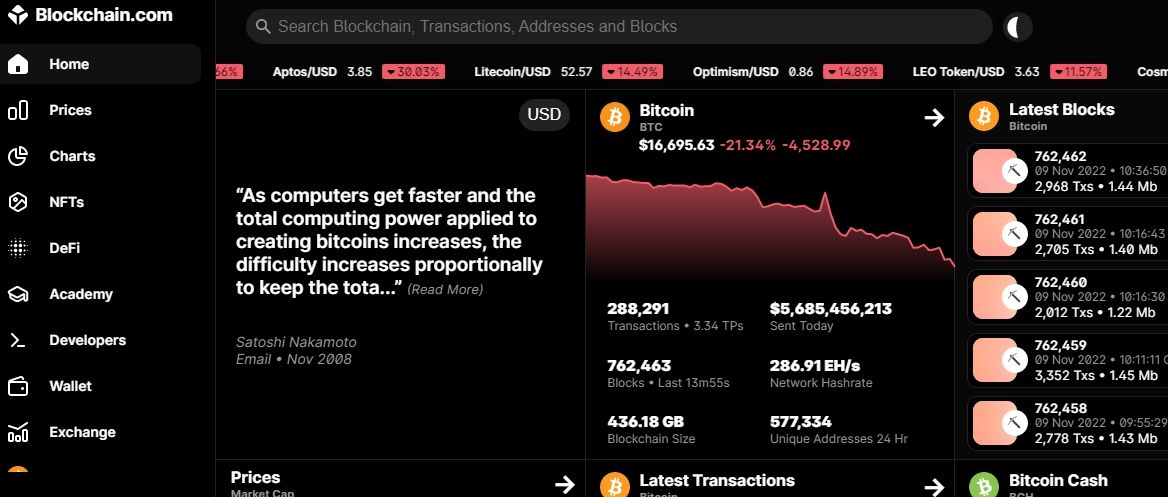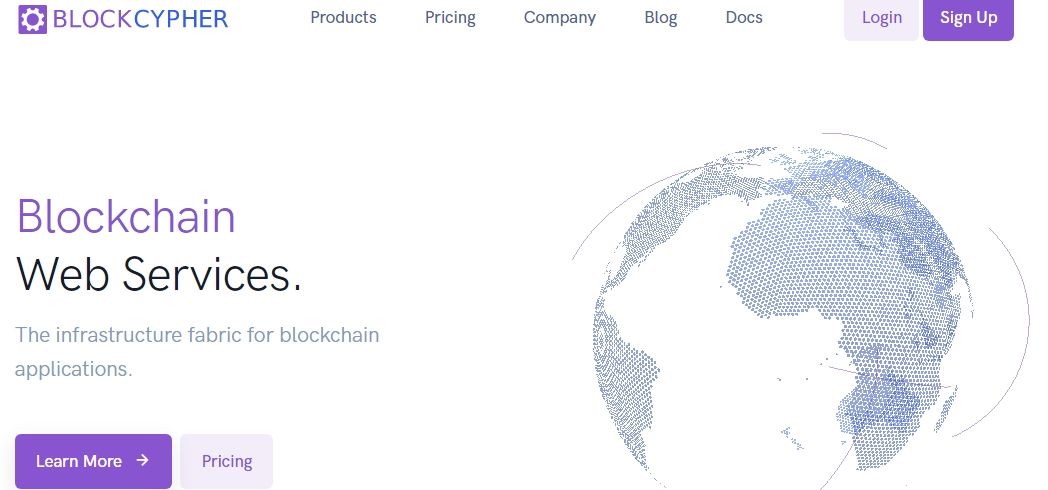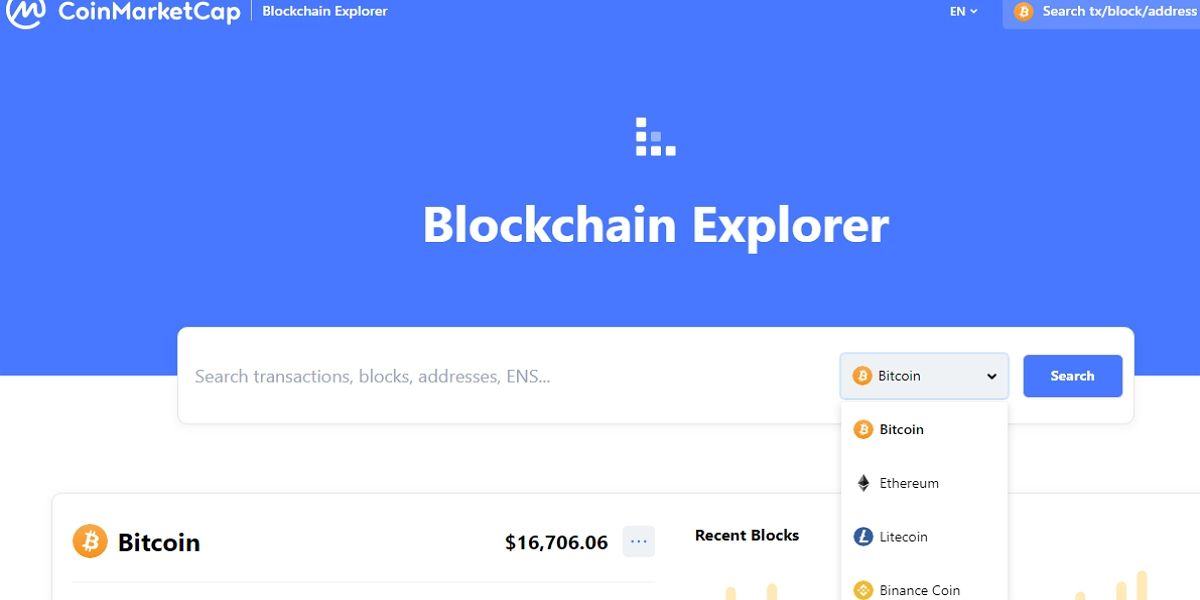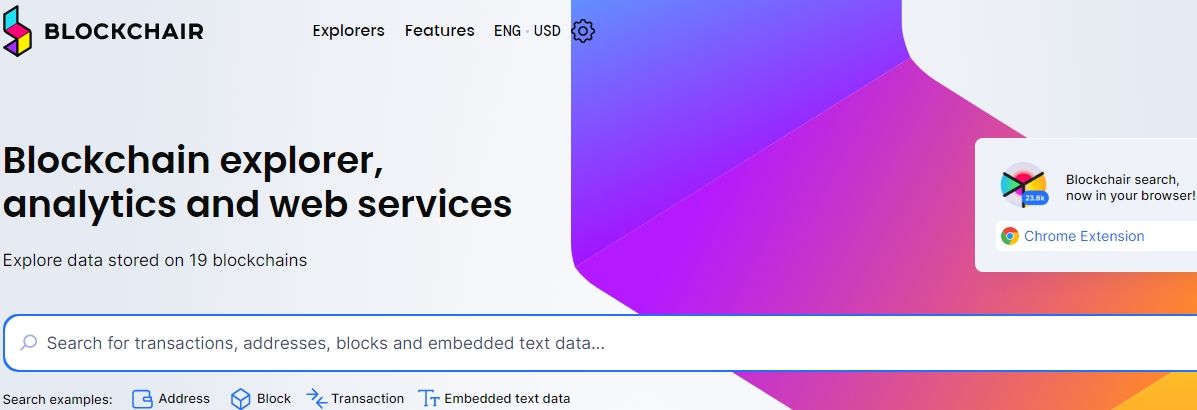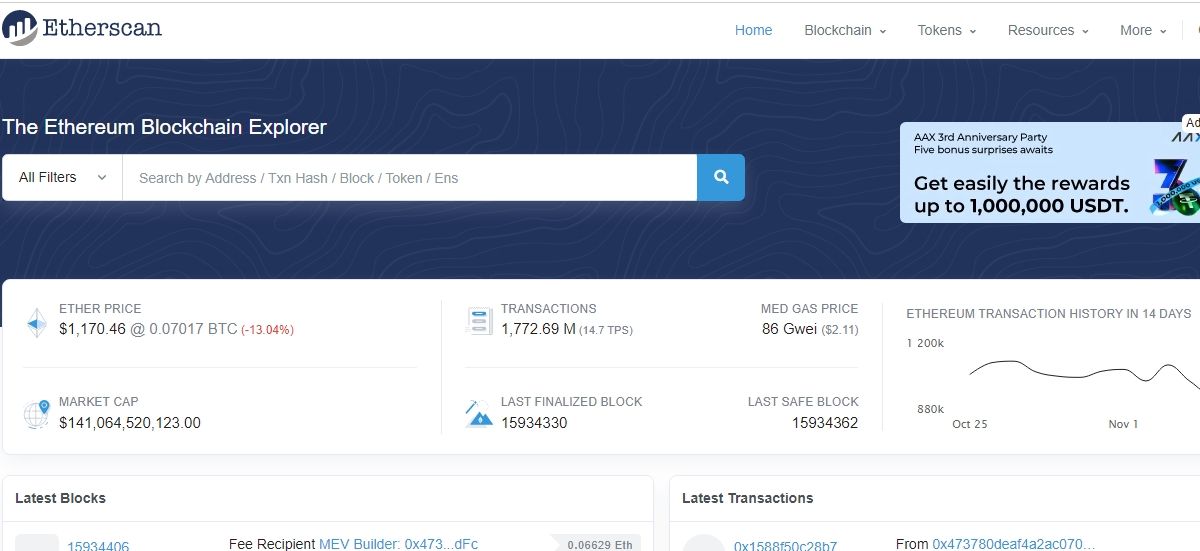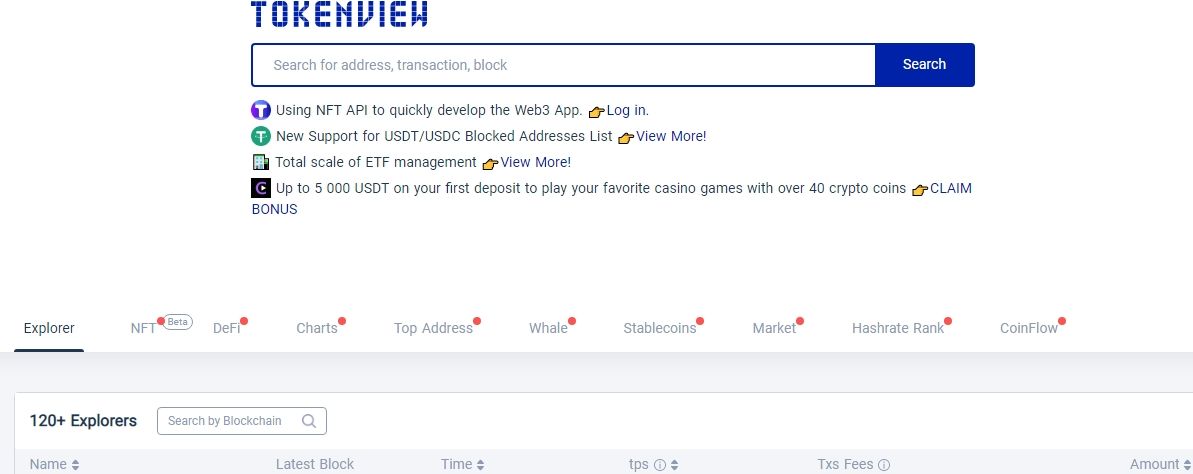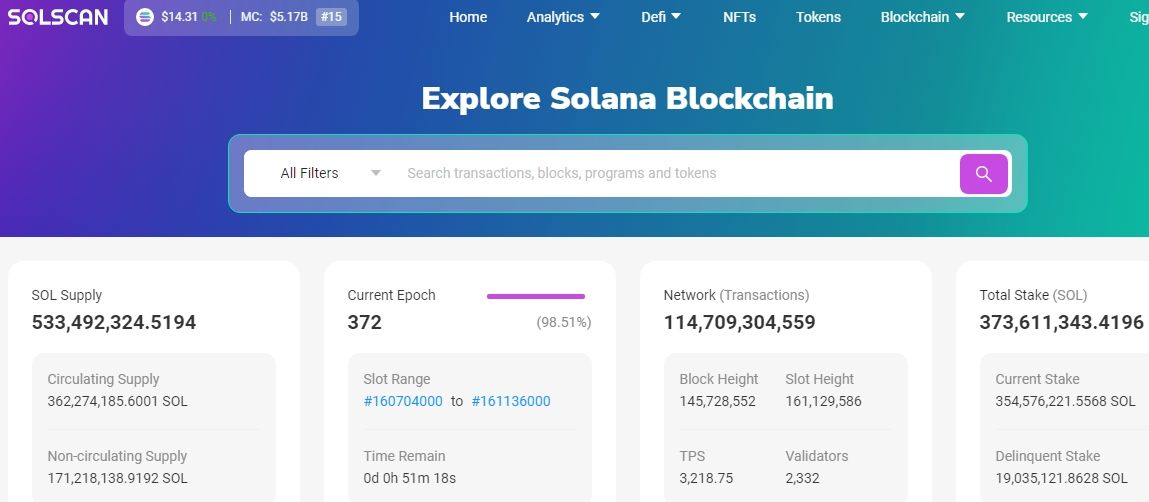Blockchain explorers are one of the most important tools you need to have in your arsenal when working with crypto and some other blockchain systems. This tool will give you the information you wouldn’t normally get on the surface. This information is useful for both new users and experts to help manage their crypto activities.
Now let’s look at what blockchain explorers are, how they are used, and some popular explorers used for certain blockchains.
What is a Block Explorer?
A blockchain explorer, or block explorer, is software used to view information about a blockchain. You could call it the Google of blockchain because it works much like a search engine. It provides insight into various aspects of how a specific blockchain works – from the consensus mechanism to transaction information.
The data on block explorers is usually organized and in easy-to-read formats, giving you easy access to relevant information.
Reasons why you should use Block Explorers
Blockchain explorers are beneficial to individuals, businesses and experts working with crypto. Some of the information you can get through it includes:
- A transaction’s status
- A wallet transaction history
- All the receiving addresses of a wallet transactions
- The value of assets held in a wallet
- Technical information about an address, such as hash rates, gas fees, transaction volumes and blocking issues
- Who mined a particular block
- Obsolete blocks that are not yet attached to parent blocks
- Many other block activities, such as whether a block creation process has been successful, for them to receive block rewards and much more technical information
It’s more like getting a bank statement for your crypto wallet address. It is also a tool that helps you ensure transparency and gives you better control over transactions.
How to use block explorers
Most blockchain explorers are similar to each other – their primary differences are the blockchains they support and each supported blockchain’s unique features.
Most explorers also have a search field on their homepages where you can paste wallet addresses, block numbers and transaction hashes to get the necessary data quickly.
To get information about a particular transaction, copy the transaction ID into the search field and press enter. The results will give you specific information about the transaction, such as whether it was successful, still in progress, or failed.
These are the common transaction statuses displayed in a blockchain explorer
- Awaiting: The network is still processing the transaction.
- Confirmed: The transaction goes through various stages of confirmation, and “confirmed” tells you that the transaction has been processed.
- Complete: At this point, the transaction is irreversible because the process has already been completed.
- Failed: This shows that the transaction has some problems and cannot be continued.
By pasting a wallet address, transaction hash, block address and other necessary information, you can see details about the network’s hash rate, a blockchain address’s activities, transaction growth and many other useful statistics.
You should think of each blockchain explorer as a search engine that provides insight into the different parts of the blockchain’s functionality and helps you navigate the blockchain ecosystem.
7 Popular Crypto Blockchain Explorers
These are the most popular blockchain explorers you can currently use:
1. Blockchain.com
Blockchain.com is a popular block explorer for Bitcoin. In addition to letting you look for blocks, addresses, and transactions, you’ll also see charts related to the Bitcoin blockchain, such as hash rate, hash rate distribution, and block size.
The explorer also gives you access to explore information about many other cryptocurrencies, including Ethereum, Binance Coin, Cardano and Polkadot.
2. BlockCypher
BlockCypher is an open source explorer with various tools that allow you to look for the information you need. The user interface is well designed and user-friendly, so even beginners will easily understand what’s going on.
BlockCypher works for Bitcoin, Ethereum, Grin, Dogecoin, Litecoin, Dash and Blockcypher Testnet. You can search for information on the platform using your address, transaction hash, block hash, block name and wallet name.
3. CoinMarketCap
You can use the CoinMarketCap blockchain explorer to look for information on the Bitcoin, Ethereum, Litecoin, and Binance Coin blockchains. CoinMarketCap pulls the data directly from the featured blockchain and presents it in a simple form so you can get a lot of information at a glance.
The option to select the blockchain you want is right next to the search field, and after selecting it, you can paste what you want to search into it and then search.
4. Block chair
With Blockchair, you can explore data stored in 19 blockchains, including Bitcoin, Ethereum, Litecoin, Cardano, Ripple, Polkadot, Solana, Monero, and Bitcoin Cash. In addition to being able to search through transactions, addresses and blocks, Blockchair also allows you to search for information using embedded texts related to a blockchain.
5. Etherscan
There are some other block explorers for Ethereum, but Etherscan is the most popular of them. Ethereum traders and investors use the platform for chain analysis; they use it to track whale movements, track stolen funds, check for Ethereum gas prices, and read Ethereum transactions’ private notes, among other things.
The Etherscan team worked on additional features to improve the Ethereum network. They launched a project called Beaconscan, an Ethereum 2.0 explorer you can use to track the ETH 2.0 staking process.
6. Token view
Tokenview provides over 120 blockchain hash lookups and smart contract details and covers all chain data in the current blockchain field. It integrates block explorers for BTC, ETH, TRON, LTC, LOST, USDT, BCH, DOGE and many more.
You can access blockchain explorer in English, French, Chinese, Spanish and other languages. So even if English is not your first language, you can easily understand the information you need.
7. Sol scan
Solscan is a block explorer and analysis platform dedicated to the Solana blockchain. The platform was founded in 2021 and serves more than 2.3 million monthly users. It grew in popularity and usage after its introduction and is now seen as an alternative to Solana Explorer, another popular block explorer for the Solana network.
You should check out our guide on using Solscan to track the Solana market if you want to learn more about it.
Apart from these seven block explorers, there are other options like BSC Scan for Binance SmartChain, Tronscan for Tron, Polygonscan for Polygon, Atomscan for Atom and many more.
Useful for all crypto users
Blockchain explorers offer flexible and simple solutions to check a blockchain without programming or technical expertise. It is an essential tool for current and aspiring crypto and blockchain users.
You don’t need to be kept in the dark about transaction progress, fees or other information you’re not normally privy to. Block explorers support individuals and experts in decision-making about blockchain activity and solutions.


